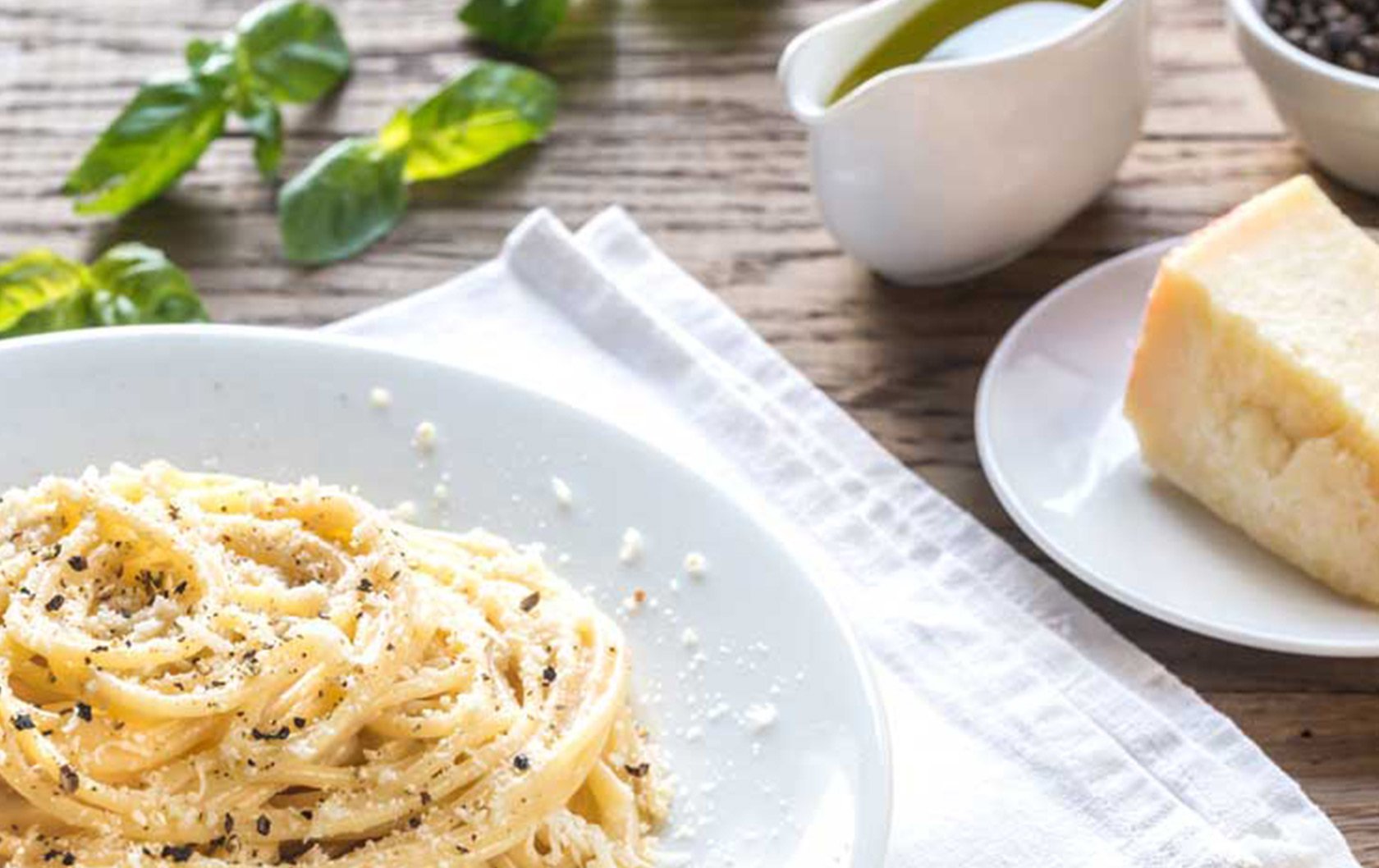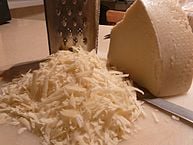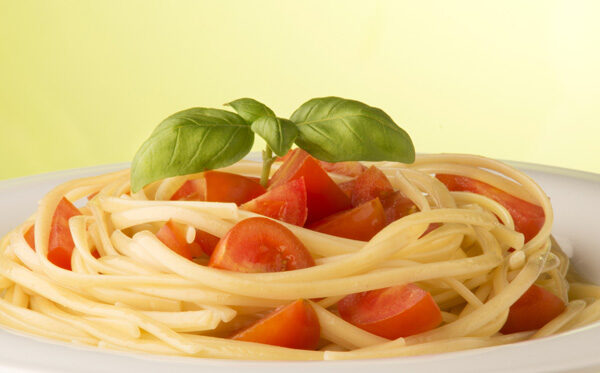Will we ever run out of delicious foods to enjoy while in Rome?
The answer: Never!
While there are obvious Roman classics like spaghetti alla carbonara, the humble yet delicious cacio e pepe – a long-time favorite among Romans, is worthy of equal praise. ‘Cacio’ is pecorino in the Roman dialect, and pepe means pepper – thus this classic pasta dish has two main ingredients: pecorino cheese and black pepper. How did such a simple dish become so favored? Well, one theory is that it was an easy meal for shepherds who spent months at a time tending their flocks. A wedge of pecorino and some pepper were easy to transport, don’t spoil and provide a satisfying meal.
Why then, you might ask, does this dish fail to turn up on the menu of our favorite ‘Italian’ restaurants outside Italy? Well, according to J. Kenji López-alt of Serious Eats, it is because this dish is seen as more of a snack than a true dinner. Clearly we’ve been snacking all wrong.
López-Alt continues to explain that caccio e pepe is the Italian equivalent of macaroni and cheese. In other words, it is an easy comfort-food for late nights with friends. Making it correctly requires more skill than one might anticipate. While the recipe for a classic plate of caccio e pepe is simple – pasta tossed with olive oil , butter, pecorino-romano cheese, and black pepper – it is easy to ruin. The trouble is in the cheese: aged, hard cheese like pecorino-romano has a tendency to form clumps if heated too quickly. This will leave you with a bowl of oily noodles mixed with globs of stringy cheese.
Techniques to avoid this include adding whole milk or extra butter and using a second pot to make the sauce and then tossing in the pasta. These methods will create slight variations in the final flavor of the dish – worth trying a few to see which you prefer.
Some restaurants melt the center of a wheel of cheese and toss the pasta directly in it.
Don’t miss this dish while you are in Rome, and know that you’ll look savvy for ordering a less-famous but classic dish. Choose wisely when pairing a wine with this dish. The intense flavor provided by the black pepper makes it perfect for pairing with one of Italy’s heartier red wines.






